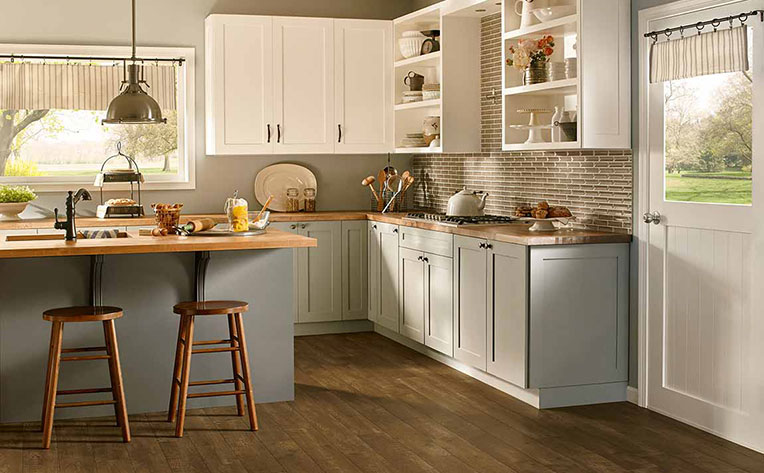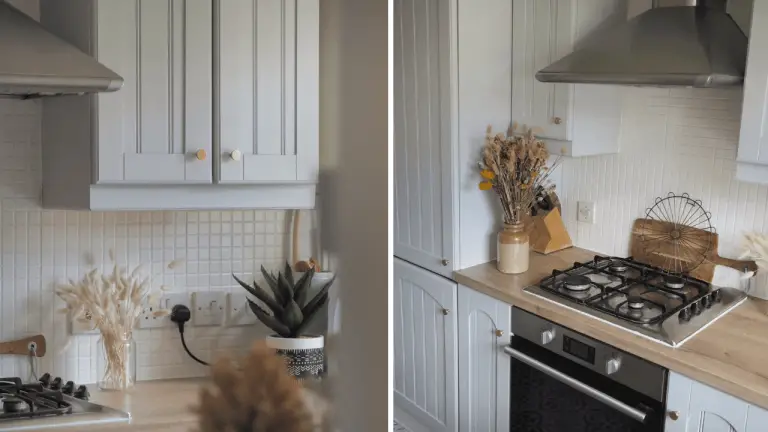What are the top 10 Rules for Good Kitchen Hygiene?
Good kitchen hygiene is essential to prevent the spread of harmful bacteria, viruses, and other microorganisms that can cause foodborne illnesses. Maintaining a clean and hygienic kitchen is vital in ensuring the safety and health of everyone who consumes food prepared in it. In this regard, following certain rules and guidelines can help promote good kitchen hygiene practices. Here are the top 10 rules for good kitchen hygiene:
- Wash hands thoroughly
- Keep surfaces, utensils, and equipment clean
- Separate raw and cooked foods
- Cook food thoroughly
- Store food at the correct temperature
- Use safe water and ingredients
- Take care of pets
- Dispose of waste properly
- Monitor use-by dates
- Have good personal hygiene.
By following these rules, you can minimize the risk of food contamination and ensure that the food you prepare is safe to eat.
Use Warm Water and Soap
Using warm water and soap is essential for effective handwashing, which is the first and most crucial rule of good kitchen hygiene. Warm water helps to break down dirt, grease, and oils on the skin’s surface, making it easier to remove them. The soap contains surfactants that help to lift dirt and bacteria from the skin’s surface and suspend them in the lather, so they can be rinsed away with water. Warm water also helps to open up the skin’s pores, allowing the soap to penetrate deeper and clean more effectively. Therefore, when washing hands in the kitchen, it is important to use warm water and soap, scrubbing thoroughly for at least 20 seconds to ensure all surfaces of the hands are clean.
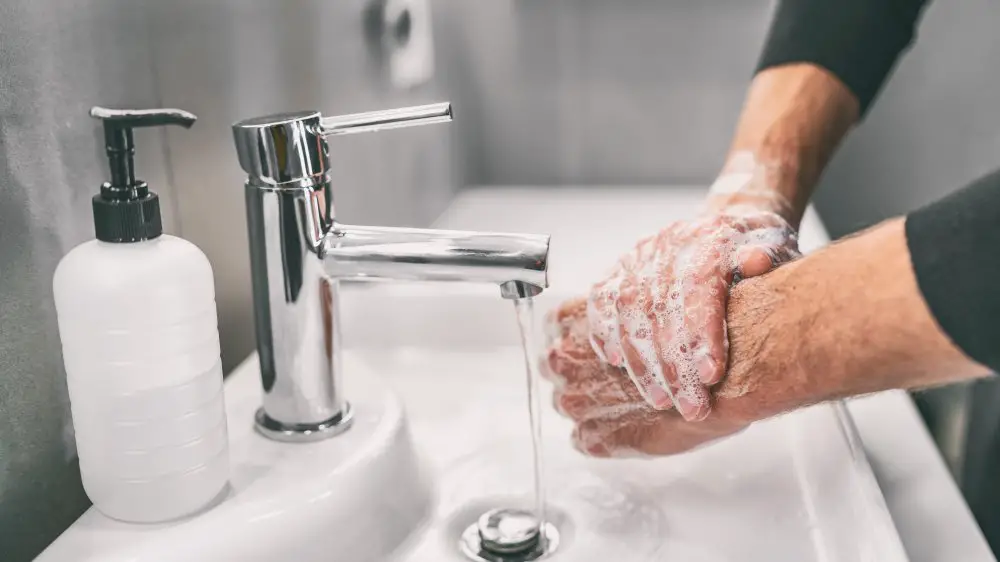
Credit: www.thelist.com
Clean and Sanitize all Surfaces Before and After Use
Keeping surfaces, utensils, and equipment clean is another essential rule of good kitchen hygiene. Before preparing any food, it is important to clean and sanitize all surfaces, utensils, and equipment thoroughly. This includes countertops, cutting boards, knives, and any other utensils or equipment that will come into contact with food. To clean these items, use hot, soapy water and a scrub brush, then rinse them thoroughly with warm water and dry them with a clean towel. After cleaning, sanitize the surfaces using a solution of bleach and water, or a commercial sanitizer, following the manufacturer’s instructions. After use, repeat this process to ensure that the surfaces are free of any bacteria or contaminants that could cause cross-contamination or foodborne illnesses. By keeping surfaces, utensils, and equipment clean and sanitized, you can help prevent the spread of harmful bacteria and ensure safe and healthy food preparation.
Store Raw Meat and Poultry in Sealed Containers
Storing raw meat and poultry in sealed containers is an important rule of good kitchen hygiene. Raw meat and poultry can contain harmful bacteria such as Salmonella, E.coli, and Campylobacter that can cause foodborne illnesses if ingested. Therefore, it is important to store these items separately from other foods, in sealed containers that will prevent any leakage or cross-contamination. When storing raw meat and poultry, always keep them on the bottom shelf of the refrigerator, so that any juices will not drip onto other food items. Additionally, make sure to label the containers with the date of purchase, so that you can keep track of how long they have been stored in the refrigerator. By following this rule, you can help prevent the spread of harmful bacteria and ensure that your food stays safe and fresh for consumption.
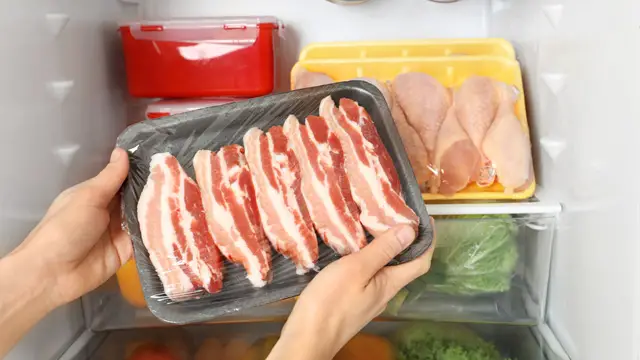
Credit: www.yummy.ph
Use a Food Thermometer to Ensure the Correct Internal Temperature
Using a food thermometer to ensure the correct internal temperature is another important rule of good kitchen hygiene. Cooking food to the correct internal temperature is essential in killing harmful bacteria that could cause foodborne illnesses. Using a thermometer will help you determine if the food has been cooked to a safe temperature. Different types of food require different minimum internal temperatures, so it is important to consult a food safety chart or guide to know the proper cooking temperature for each type of food. When using a food thermometer, insert it into the thickest part of the food, away from bones and fat, and take multiple readings to ensure accuracy. Once the food has reached the appropriate temperature, remove it from heat and serve immediately, or cool it down quickly to avoid bacterial growth. By using a food thermometer to ensure the correct internal temperature, you can help prevent the spread of harmful bacteria and ensure that your food is safe for consumption.
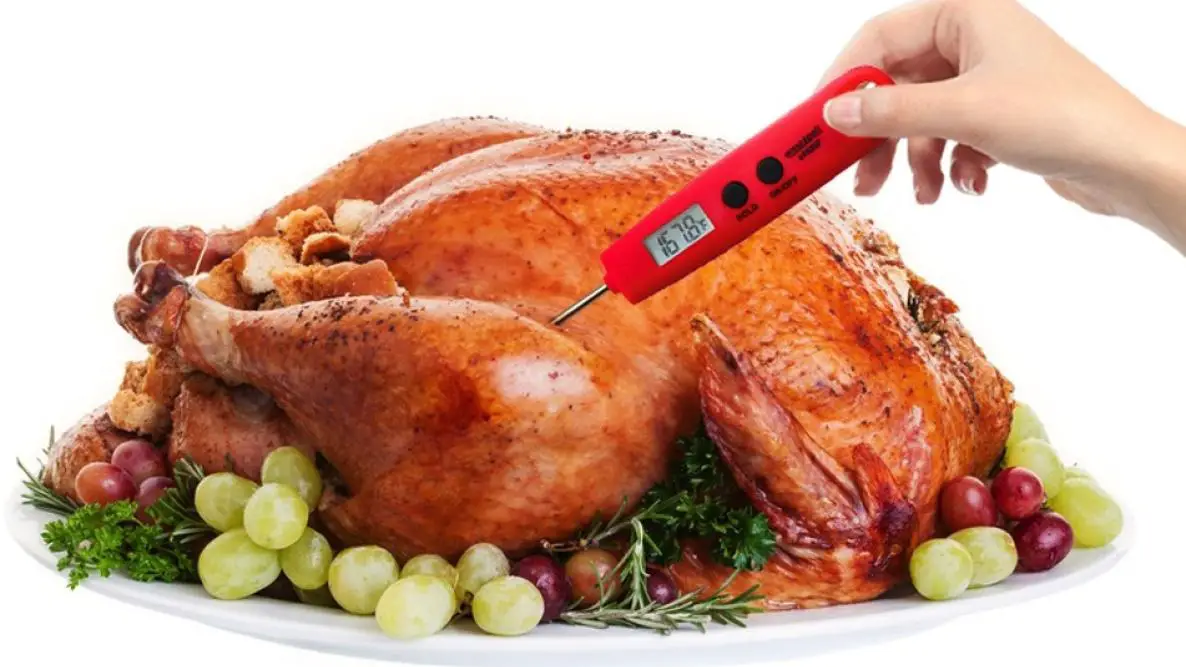
Credit: www.almanac.com
Temperature Control
When it comes to temperature control, it’s all about finding the perfect balance. Too hot or too cold can be uncomfortable and make it difficult to concentrate. Having the right temperature in your workspace can make a huge difference in your productivity and overall comfort.
The ideal temperature for a workspace will vary depending on individual preferences and activities, but generally, most people prefer a temperature between 68 and 72 degrees Fahrenheit. Keeping the temperature at this level can help you stay focused and productive, while also avoiding distractions due to feeling too hot or too cold.
When setting the temperature, it’s important to remember that your workspace may not be the same temperature throughout. For example, if you have a window facing the sun it may be much warmer near the window than in other parts of the room. To help ensure the temperature is even throughout, you can use a fan to circulate the air or open and close the blinds to regulate the amount of sunlight coming in.
In addition to setting the temperature, you should also pay attention to the humidity in the room. High humidity levels can make a room feel hotter and can also create an uncomfortable environment. To avoid this, you can use a dehumidifier to help regulate the humidity levels.
Use Fresh Ingredients and Check for Signs of Spoilage
Using fresh ingredients and checking for signs of spoilage is another crucial rule of good kitchen hygiene. Fresh ingredients are less likely to contain harmful bacteria, viruses, or other microorganisms that could cause foodborne illnesses. Therefore, it is important to choose only high-quality and fresh ingredients when cooking. Additionally, make sure to check for any signs of spoilage, such as mold, discoloration, or an off smell, before using any ingredients. If you notice any signs of spoilage, discard the ingredient immediately to prevent the spread of contamination. When storing ingredients, keep them in airtight containers, at the appropriate temperature and humidity levels. By using fresh ingredients and checking for signs of spoilage, you can help ensure that your food is safe, healthy, and free from harmful contaminants.
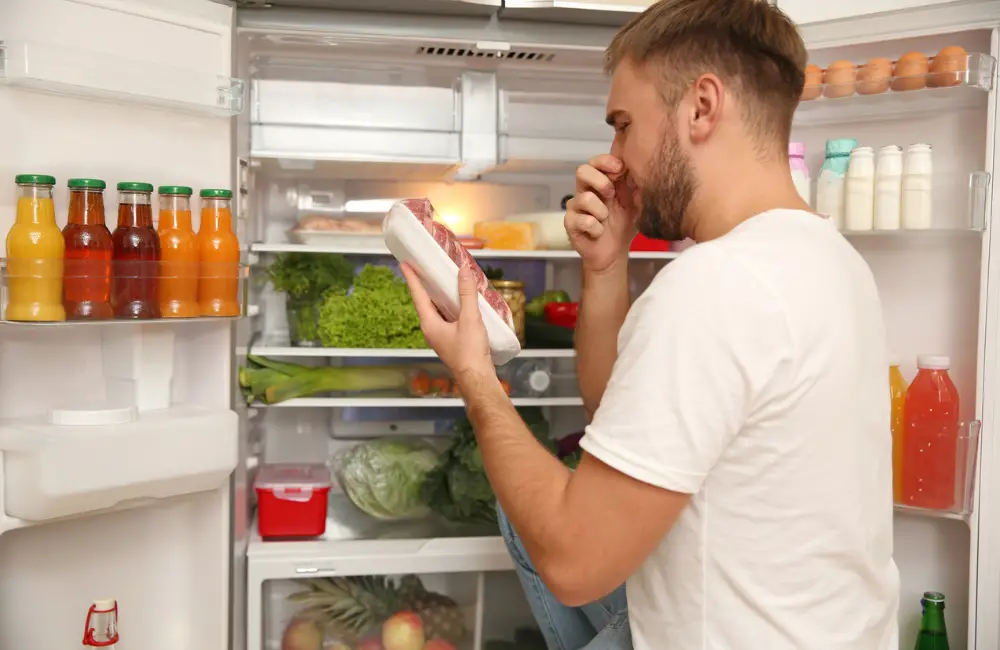
Credit: www.crushmag-online.com
Food Storage
When it comes to food storage, it’s important to be organized and prepared. Proper food storage can help keep your food safe and fresh for longer. Here are some tips to help you get the most out of your food storage:
- Keep it cool: Store food in a cool, dry place to keep it from spoiling quickly. Refrigeration is key for most foods, so make sure to store any leftovers, or items that need to remain fresh, in the fridge.
- Store food safely: Make sure to store food in airtight containers and store raw and cooked food separately. This will help prevent the spread of bacteria and ensure your food stays fresh.
- Label it: Label all food containers and bags so you know what’s inside and when it was made. This is also useful for keeping track of how long food has been in the fridge.
- Freeze it: Freezing items is a great way to extend their shelf life. Make sure to use airtight containers or bags and write the date of storage on the package.
- Rotate it: To ensure you’re always eating the freshest food, rotate the items in your pantry, refrigerator, and freezer. This means moving older items to the front so they’re used first.
By following these tips, you’ll be able to make the most of your food storage and keep your food safe and fresh for longer.
Cleaning and Disinfecting Surfaces
Cleaning and disinfecting surfaces is an important part of everyday life, especially for those who work in a professional environment. Not only does it help to keep the workplace clean and hygienic, but it also helps to prevent the spread of germs and other illnesses.
When it comes to cleaning and disinfecting surfaces, there are a few key steps to follow. First, it’s important to choose the right cleaning product for the job. Different surfaces require different products, so it’s important to use the correct one. For instance, when cleaning glass, it’s important to use a glass cleaner to prevent streaks and smudges.
Once you’ve selected the right cleaning product, it’s time to start the process. First, remove any dust, dirt, or debris from the surface. This can be done using a cloth or duster. It’s important to make sure the surface is completely clean before proceeding to the next step.
After the surface is clean, it’s time to disinfect. This is done by spraying the surface with a disinfectant or sanitizing solution and then allowing it to sit for the amount of time specified on the product label. Once the specified time has elapsed, the surface should be wiped down with a clean cloth or paper towel.
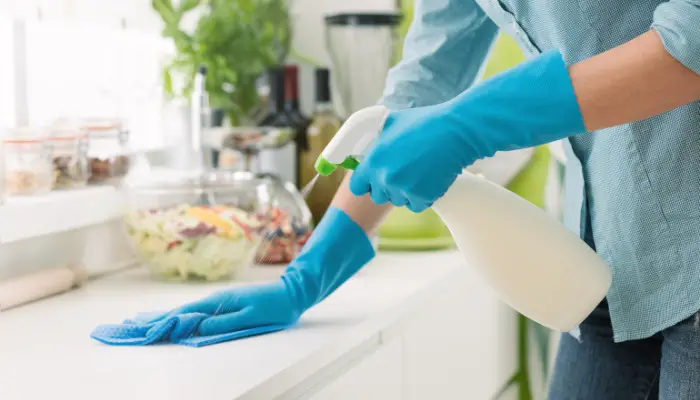
Credit: companionsforseniors.com
Personal Hygiene
Personal hygiene is an often overlooked but important part of taking care of yourself. This includes everything from brushing your teeth to showering regularly and beyond. It’s not just about looking and smelling good; taking proper care
- Prepping Ingredients: Prepping ingredients is the process of cutting, slicing, and dicing produce, as well as marinating, curing, or tenderizing meats. This is a crucial step in food preparation, as it helps to ensure that the ingredients are properly cooked.
- Cooking: Once the ingredients are prepped, they need to be cooked. This can involve grilling, frying, steaming, baking, roasting, or any other cooking technique. Each technique has its own advantages and disadvantages, and the cook must choose the best one for a particular dish.
- Presentation: The last step in food preparation is presentation. This involves arranging the food on a plate or platter in an attractive manner. It’s important to remember that presentation is as important as flavor, as it helps to make the dish visually appealing and encourages people to eat it.
Food preparation is an essential part of the culinary experience. It requires skill, knowledge, and creativity, and can make the difference between a mediocre dish and an outstanding one. With a little practice, anyone can become a master of the culinary arts.
Kitchen Equipment
Kitchen equipment is an essential part of any kitchen, no matter the size. Whether you’re stocking a professional kitchen or just outfitting your home, having the right tools and appliances can make a big difference. From blenders and food processors to mixers and grills, there are a variety of kitchen equipment and appliances that can help you whip up tasty dishes.
When it comes to kitchen equipment, the possibilities are endless. Some of the most popular items include blenders, food processors, mixers, and grills. Blenders are a great way to quickly puree ingredients into sauces, soups, and smoothies. Food processors are great for chopping and grinding ingredients into finer pieces. Stand mixers make mixing doughs and batters a breeze, and grills can be used for everything from burgers to vegetables.
In addition to the basics, there are other pieces of kitchen equipment that come in handy. A kitchen torch is great for caramelizing desserts and sous vide machine is great for slow-cooking proteins. If you’re looking to make your own homemade ice cream, an ice cream maker is a must-have. A waffle iron is perfect for whipping up breakfast favorites, and a slow cooker is great for making soups and stews.
10 Kitchen Hygiene Golden Rules
Conclusion
Good kitchen hygiene is essential for a healthy and safe kitchen environment. Following the top 10 rules for good kitchen hygiene will help ensure that your kitchen is a safe and healthy place to prepare meals. These rules include washing hands and surfaces before and after handling food, avoiding cross-contamination, storing food properly, cleaning up spills promptly, and regularly cleaning and disinfecting surfaces. Following these rules will help minimize the risk of foodborne illnesses and ensure a safe and enjoyable cooking experience.





